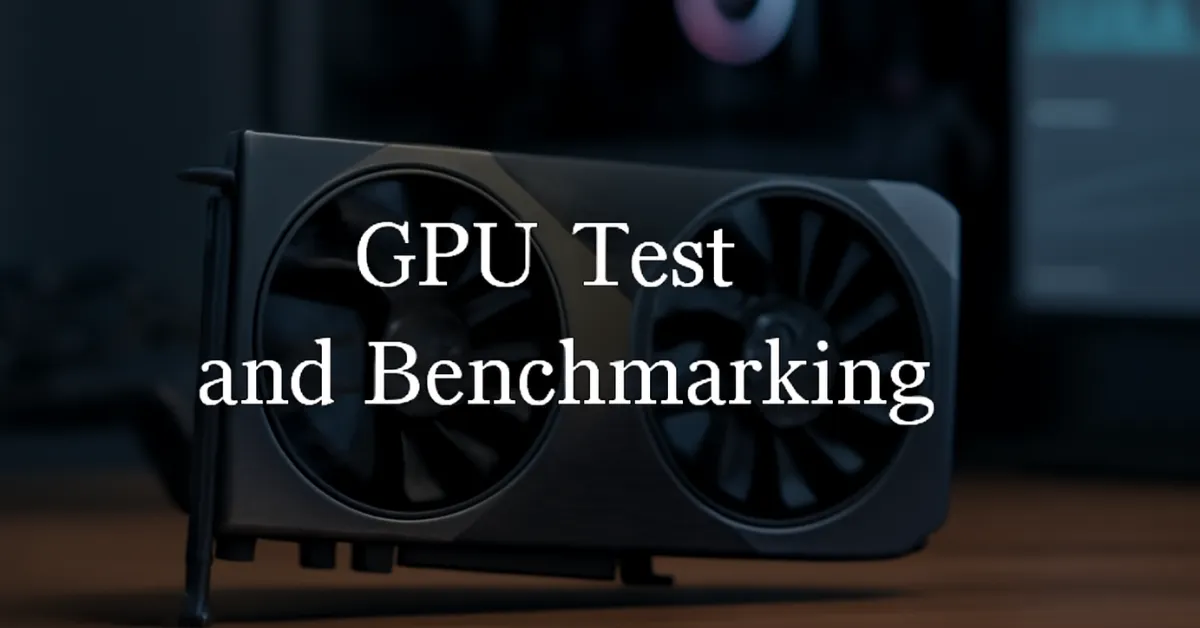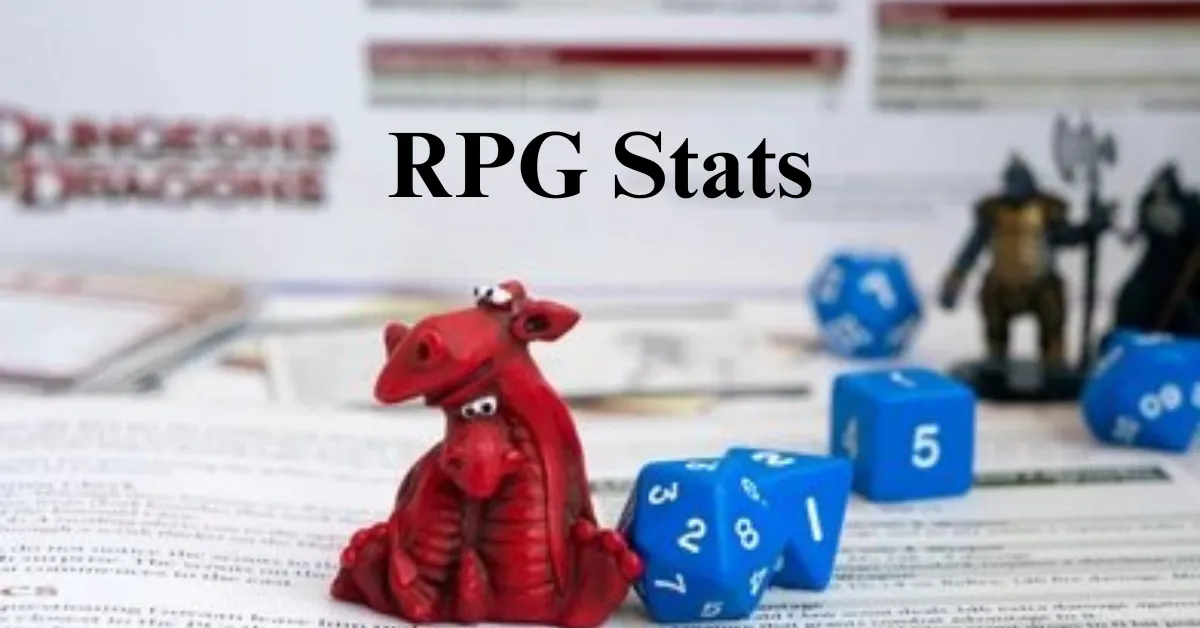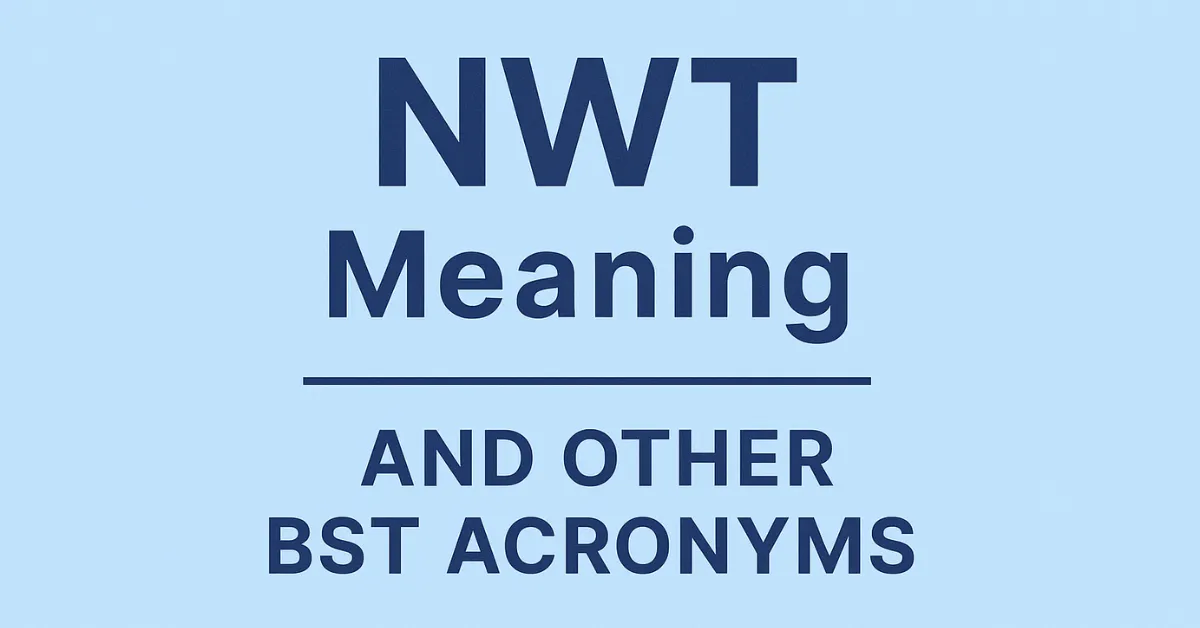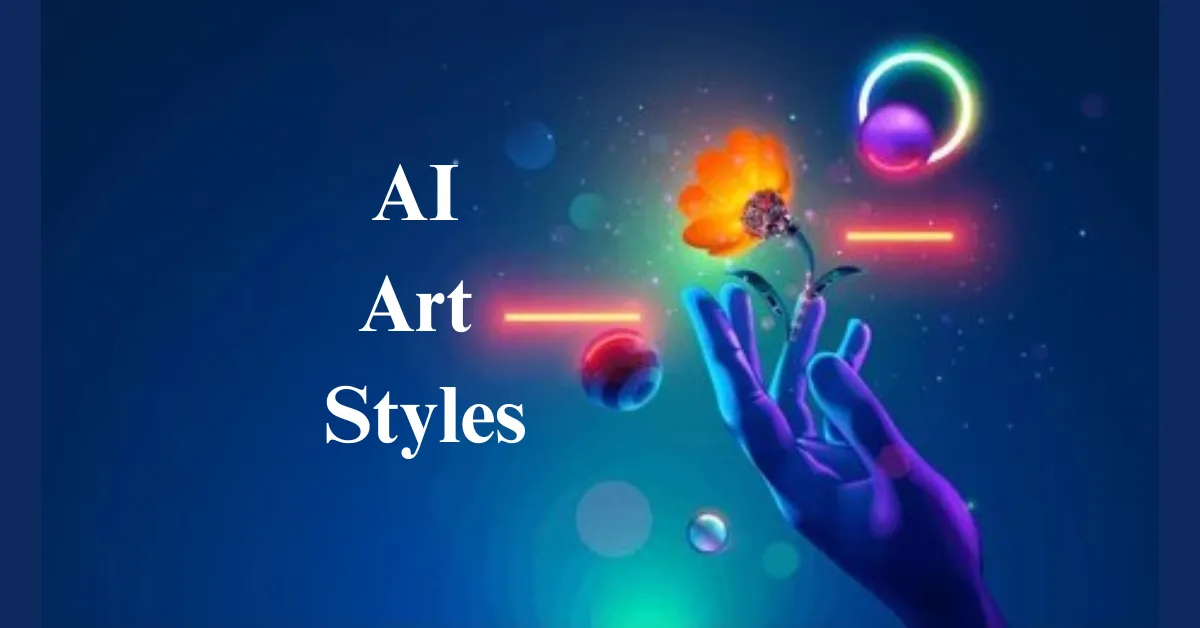What Is a Chat Bubble and Why It Matters in Digital Conversations
A chat bubble is more than just a design element in messaging apps. It represents how we visually experience conversations on digital platforms like Google Messages, Messenger, or Android Messages.
Chat bubbles streamline communication by organizing text, emojis, memes, and voice snippets into digestible segments. In the modern age of instant messaging and smart assistants, chat bubbles have evolved from static designs into interactive, dynamic communication units.
Introduction to Chat Bubbles
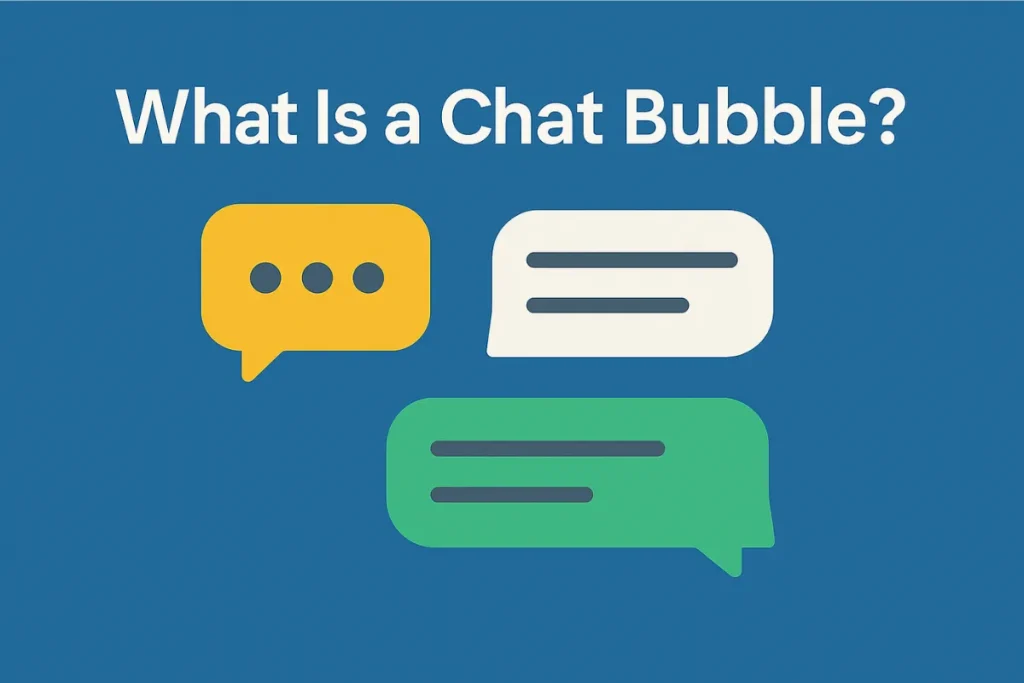
Chat bubbles emerged as a response to the growing need for clear, visually accessible messaging. From early SMS interfaces to apps like Allo and Google Chat, chat bubbles became essential for distinguishing between senders, grouping messages, and enabling emoji and GIF integration.
These speech-like shapes serve both visual and functional purposes. Users can customize their look in apps like Google Messages and Samsung Messages, changing colors, fonts, and even how emojis appear.
The Technology Behind Modern Messaging Interfaces
RCS Messaging vs. SMS and MMS
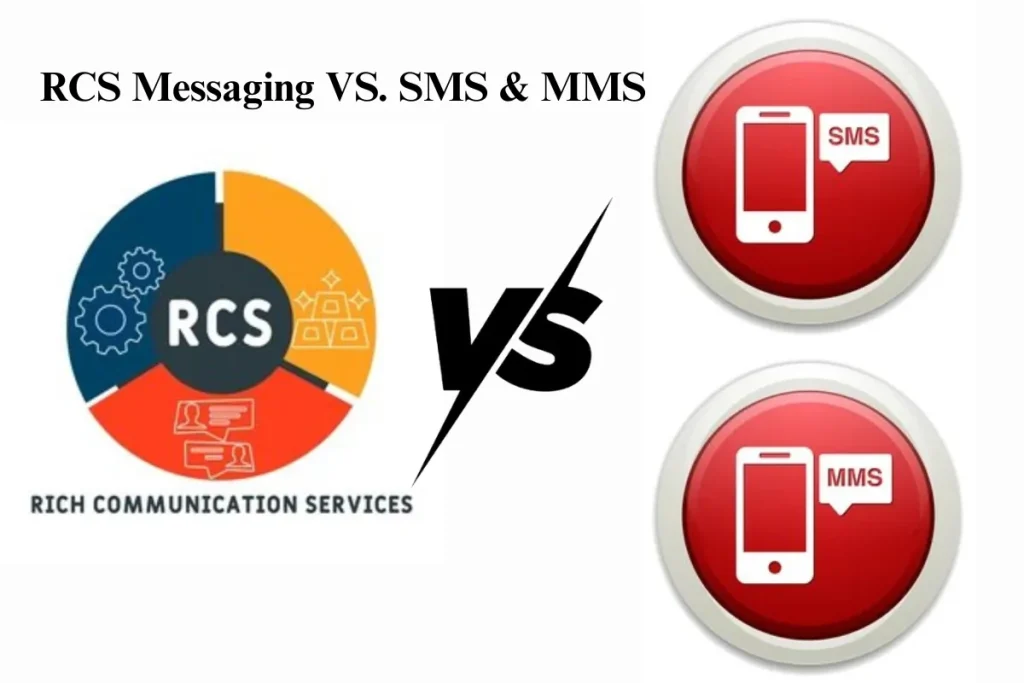
RCS (Rich Communication Services) represents a leap from SMS. While SMS only supports plain text, RCS enables high-resolution images, read receipts, and typing indicators. For example, users often ask, “What is an RCS message on Android?” It’s essentially an upgrade allowing features similar to apps like Messenger or WhatsApp.
Yet not all devices are compatible. Apple RCS remains unavailable as Apple sticks to iMessage. Hence, RCS vs SMS debates continue. Google has advocated for RCS as the standard via the Google Messages app, but issues like RCS not working or RCS message vs SMS confusion persist.
Compatibility Across Devices and Platforms
Users often notice text messages turning green on iPhones. This indicates a fallback to SMS when iMessage isn’t available. Questions like “What does SMS mean in text?” or “Why does my text say RCS?” highlight a lack of clarity in public understanding.
Cross-compatibility issues arise when Android messages interact with iPhones. The Samsung Messages app, Googlechat, and Google Voice app try to bridge this gap, though differences remain.
Visual Language of Chat Bubbles: Emojis, Memes, and GIFs
Emojis in Chat Communication
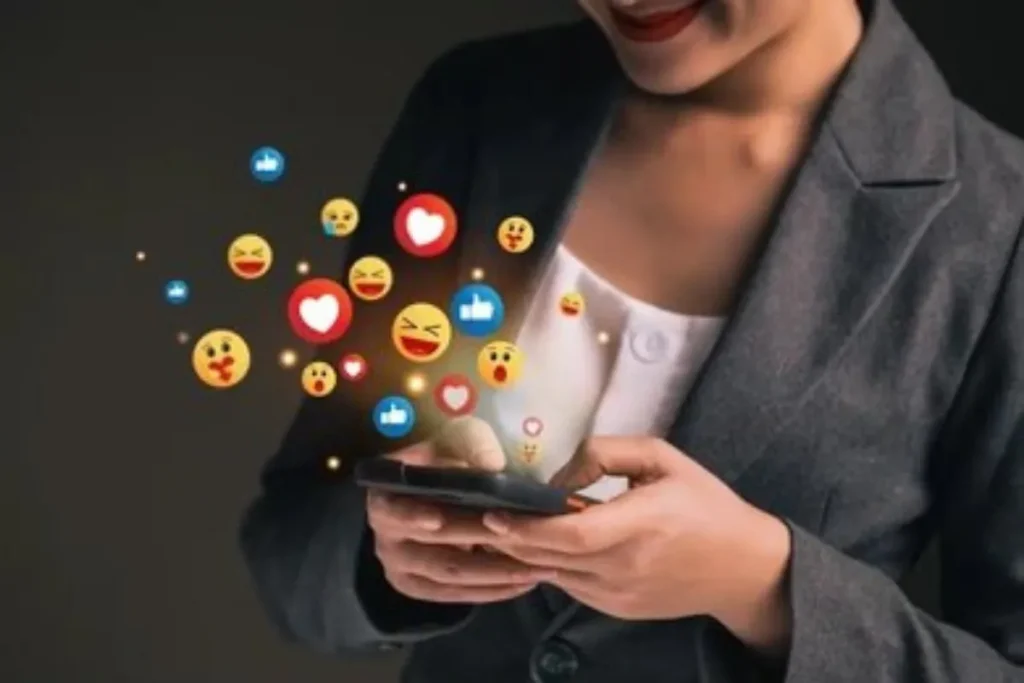
Emojis enhance textual meaning. Whether you’re using a smile emoji, camera emoji, book emoji, or emoji faces, these symbols humanize digital speech. Operating systems now support thousands, from the cross emoji to cute emojis like dancing emoji or emoji with hands up.
Platforms offer varied access methods:
- How to type emojis on Chromebook
- How to insert emoji in Outlook
- Emoji faces in Android and iPhone
Understanding the emoji list is essential for clear communication, especially when emojis like the please emoji or oops emoji convey tone better than words.
Using GIFs, Memes, and Stickers
Meme culture has transformed chat bubbles. Apps like Meme Generator, SpeechMeme, and Free Meme Generator allow users to create expressive content. From the thinking emoji meme to Lets Go GIF, visual humor now fits seamlessly inside a chat bubble.
Popular tools include:
- Meme creator
- GIF maker
- Meme editor
- Speech meme generator
These are often used in apps like Discord, Snapchat, and even iMessage. The inclusion of reaction memes, speech png, and speech transparent images makes chats more dynamic.
How Chat Bubbles Are Designed in Apps
UI/UX Components of a Chat Bubble

Platforms like Cloudscape Design and Freepik showcase component libraries for building chat bubbles. These include:
- Bubble alignment (left for sender, right for receiver)
- Tail position (speech arrow)
- Padding and shadows
- Support for emojis and multimedia
Apps like Google Messages, Samsung Messages, and Messenger app use various color schemes, including blue and green bubbles, to signify different states.
Customization and Theming
Users often want to personalize chat bubbles. Customization options include:
- Google Messages themes
- Emoji background
- Colored bubbles
- Bubble overlays
You can also use tools like meme caption maker, caption generator, and speech balloon templates to create thematic messages. Designing personalized chat interfaces often requires a virtual site survey of user behavior and preferences.
Google Messages and Its Ecosystem
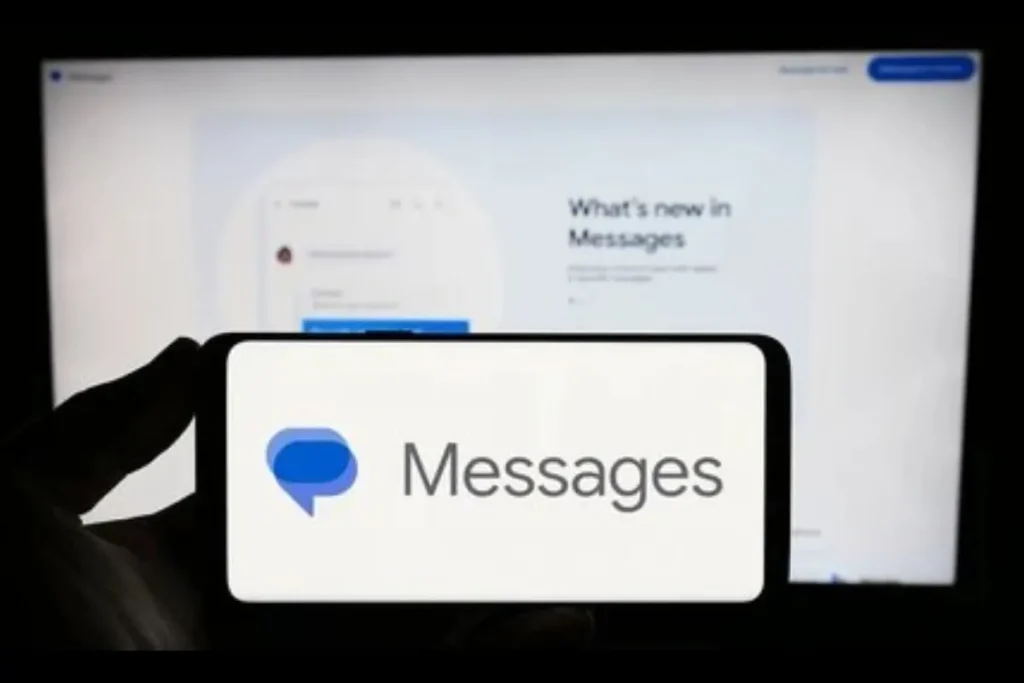
Google Messages Features
The Google Messages app has become a central hub for Android communication. Users can send text messages, GIFs, and voice notes using this interface. It integrates with the Google app, Google Voice, and Google Assistant.
It also supports:
- Messages.google.com/web for PC use
- QR codes for syncing
- Read receipts and typing indicators
Settings, Shortcuts, and Functions
Users often search for:
- How to turn off read receipts on Instagram/iPhone
- How to send voice messages on iPhone
- How to schedule text messages on iPhone
- How to use emojis on Chromebook
The ecosystem integrates emoji lists, funny backgrounds, and custom emojis for a rich chat experience. You can easily access custom emojis and stickers once they’re saved on your iPhone or stored among your personal files.
Cross-Platform Messaging Apps
Messaging Apps You Should Know
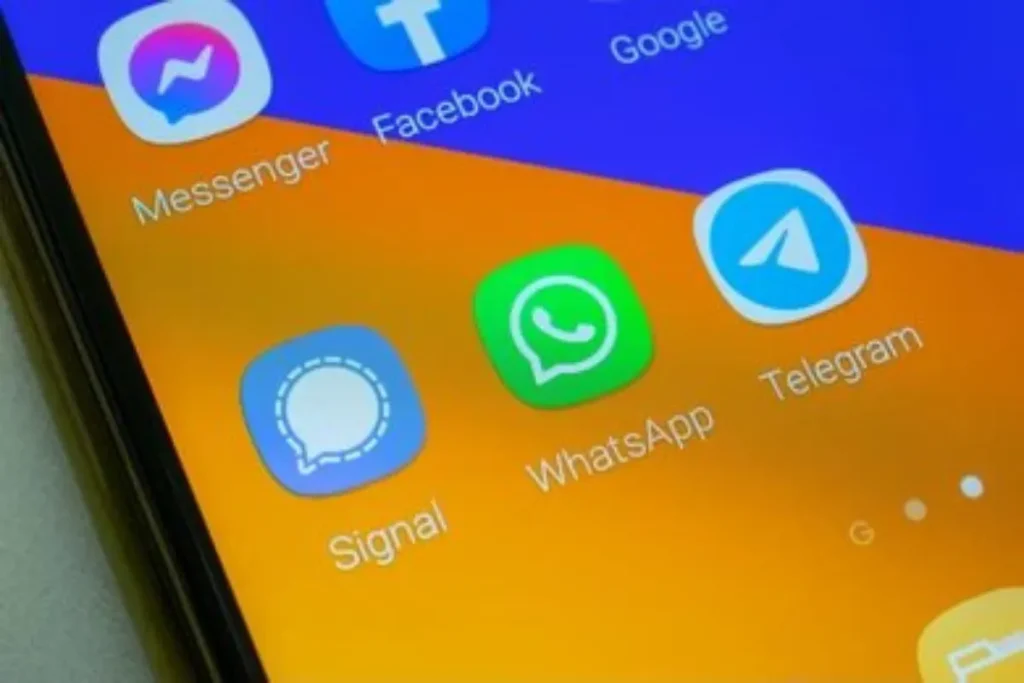
Many apps now use chat bubbles:
- Messenger App
- Allo and Allo Communications
- Samsung Messages App
- Secure Messaging App
- Google Messages
- Fake text message apps like prank simulators
Apple and Android Differences
iOS and Android vary in bubble behavior. For example:
- iMessages use blue for internal, green for external messages
- How to remove someone from a group text iPhone/Android
- iPhone not receiving texts from Android
- Text tricks and emoji shortcuts differ across platforms
Messaging platforms have expanded beyond casual chats to support C2C transactions, B2C commerce, and even high ticket sales through integrated chat flows.
Practical Features and Customization Tips
How to Use Chat Bubbles Efficiently
Chat bubbles aren’t just visual. They support features like:
- Auto reply text
- Group texts and muting group notifications
- Editing and deleting messages
- Turning off bubbles in Android 12
Personalization Ideas
You can:
- Change notification sound on Android
- Add custom emojis or fun apps for personalization
- Use Google background themes, fun emoji, and emoji app to enhance communication
Fun & Expressive Communication Tools
Expressing Through Emojis and Gifs
Common uses:
- No emoji, ok emoji, hello mood, thanks emoji
- Face emojis, emoji face, emoji icons
- High emoji, emoji hands, fun couple questions
Meme Culture in Texting
Memes have evolved:
- Speech bubbles in memes are everywhere
- Apps: Meme.com, speech meme maker, meme creator ai
- Templates: Speech bubble transparent, comic bubbles, caption maker
For those who love digital expression, pairing messaging apps with stylus-friendly platforms like GoodNotes or Notability adds a creative edge.
Chat Bubble Use in AI, Bots, and Voice-to-Text Systems
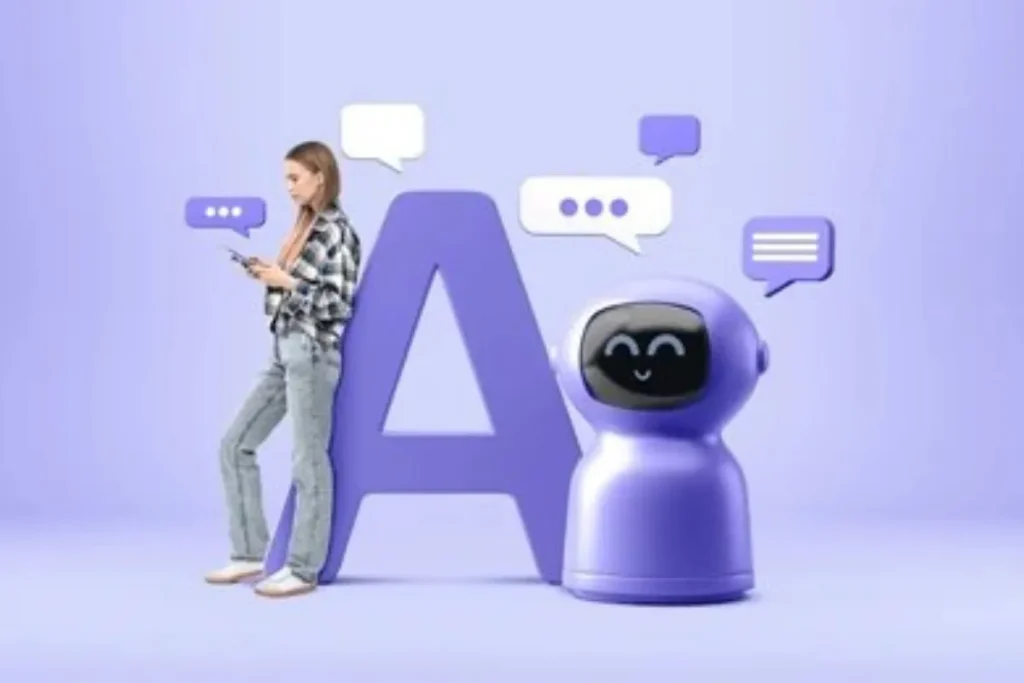
AI and Voice Tools
Popular tools:
- Speechify, AI meme generator, Google Assistant
- Discord speech to text, Voice message iPhone, Smart Talk
They enhance how we use chat bubbles in Discord, Snapchat, and Gboard.
Using Speech and Thought in Digital Media
You can add:
- Speech bubble memes
- Thought bubble pngs
- Speech overlay
- Cartoon text
Tools like text to speech Discord, speech generator, speech image, and speech meme generator allow personalized storytelling.
Troubleshooting Common Messaging Problems
- Why are texts sending green?
- What does send as text message mean?
- How to fix:
- RCS not working
- Message not delivered on iPhone
- Blurred contacts
- Group text errors
- RCS not working
Solutions include resetting settings, turning off RCS, and updating the messaging app. In some cases, app sync failures can resemble system-level glitches, much like when a USB device isn’t recognized due to driver conflicts.
Conclusion
Chat bubbles are more than just graphic elements. They help structure conversations, enhance emotional expression through emojis and GIFs, and support modern communication protocols like RCS. Whether you’re chatting via Google Messages, using funny emojis, or generating a speech meme, chat bubbles make digital talk human again.
From simple text messages to advanced speech overlays, they define how we connect in the digital age—playful, efficient, and expressive.
Just like adjusting your headset to avoid a headphone dent, customizing your messaging setup enhances comfort and long-term user experience.
FAQs
How do I turn on chat bubbles?
To turn on chat bubbles on Android (where supported):
Go to Settings
Tap Notifications
Select Bubbles
Enable Allow apps to show bubbles
Alternatively, open the messaging app (like Google Messages), go to the conversation settings, and enable the bubble option for individual chats.
What happened to chat bubbles?
Chat bubbles were introduced in Android 11 as a feature to let conversations float over other apps, similar to Facebook Messenger. However, many users found them inconsistent or intrusive. As a result, some manufacturers (like Samsung) disabled them by default in newer Android versions, or replaced them with custom solutions. Still, chat bubbles remain available in apps like Google Messages but may need to be re-enabled manually.
What does the chat bubble mean on Android?
On Android, the chat bubble icon indicates that a conversation is running in a floating window over other apps. This allows you to continue messaging without switching screens. It means the system is using Android's bubble feature to give you quick access to active chats—especially for apps that support RCS messaging or rich notifications.

